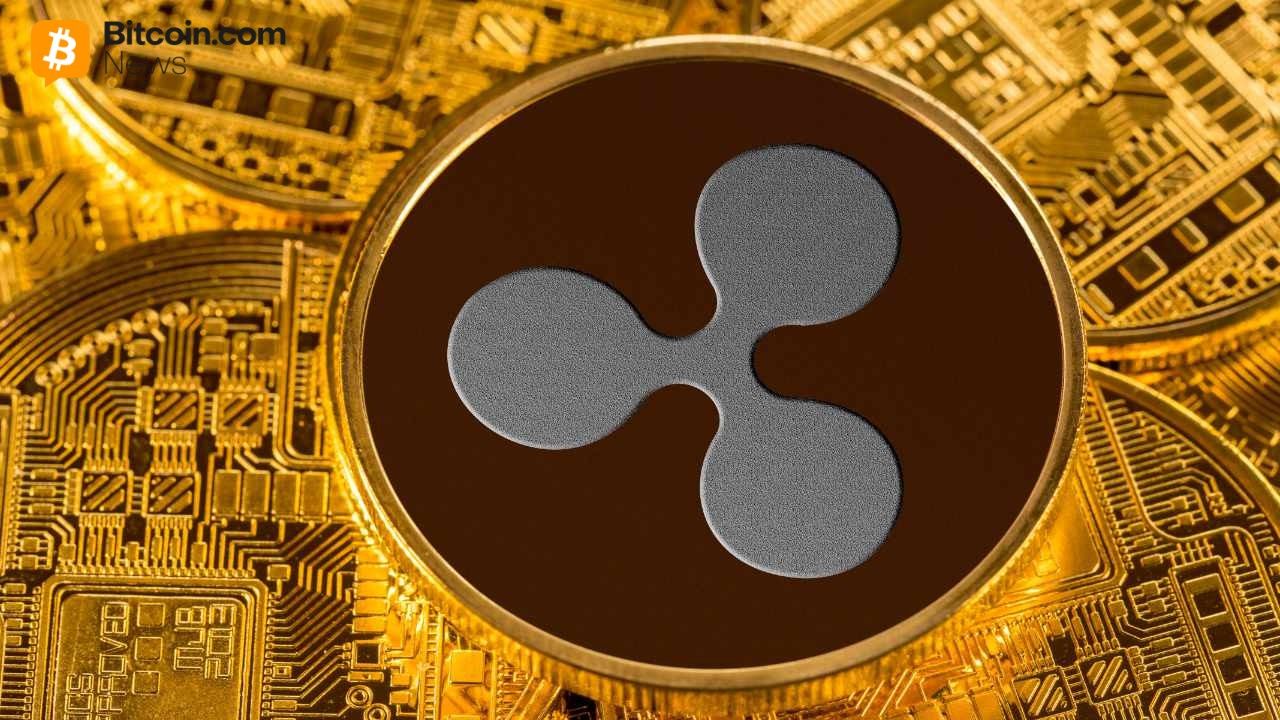New degen trenches? Prediction markets double volume to $4.3B as Solana memecoin trading slumps

Prediction markets made a significant appearance in the spotlight in September, with monthly volume more than doubling to $4.28 billion, while memecoin trading on Solana cooled.
The question now circling crypto’s risk-taking corners is whether these markets are becoming the new trenches for degens hunting edge and adrenaline.
Prediction markets rise
Across the prediction market category, turnover jumped 126.3% in September, compared to August’s $1.89 billion.
According to data from a Dune dashboard and DefiLlama, the baton of dominance passed decisively to Kalshi, which surged from $874.38 million in August to $2.74 billion in September. The 214% leap translated into roughly 64% market share for the month.
Polymarket, long the bellwether, also experienced significant growth. The platform experienced a 41.4% increase in monthly trading volume, reaching $1.42 billion. Yet, ceded the top slot with about a 33% share.
The difference is stark compared to the other top two prediction markets by monthly volume. Limitless exploded to $102.72 million from $4.98 million (+1,962%), while Myriad rose to $4.44 million (+61.3%).
Despite the market share contrast, the four helped prediction markets post their strongest month on record.
The sector’s participation can also see the growth of prediction markets in mainstream culture. A Sept. 24 episode on South Park featured prediction markets as the main topic, name-dropping Kalshi and Polymarket.
Brand new trenches?
The rotation matters because the other favored arena for high-beta speculation lost steam. Solana memecoin trading slumped 38% month over month to $19 billion in September, down from nearly $31 billion in August, according to Blockworks data.
However, even after the pullback, the memecoin complex still dwarfs prediction markets. September memecoin volume on Solana was over four times larger, meaning prediction markets represented roughly 22% of that activity.
Traders craving fast-moving, binary payoffs may increasingly find them in election odds, macro prints, sports, and pop-culture markets. These venues that feel like perps with headlines for funding.
The structural appeal is characterized by continuous pricing, cleaner catalysts, and fewer rug conditions compared to the average memecoin.
But the ceiling hasn’t changed yet. To rival memecoins, prediction markets must sustain growth during quieter news cycles, deepen liquidity beyond marquee contracts, and continue onboarding retail users at a pace that does not compromise market quality.
For now, September reads like a regime test. Memecoins cooled, prediction markets soared, and Kalshi seized the crown from Polymarket.
If that mix persists into the fourth quarter, degens may keep digging their trenches where the odds are posted and the narrative never sleeps.
The post New degen trenches? Prediction markets double volume to $4.3B as Solana memecoin trading slumps appeared first on CryptoSlate.
Read More

Binance Founder Reflects on Post-Prison Year Amid US Crypto Policy Transformation
New degen trenches? Prediction markets double volume to $4.3B as Solana memecoin trading slumps

Prediction markets made a significant appearance in the spotlight in September, with monthly volume more than doubling to $4.28 billion, while memecoin trading on Solana cooled.
The question now circling crypto’s risk-taking corners is whether these markets are becoming the new trenches for degens hunting edge and adrenaline.
Prediction markets rise
Across the prediction market category, turnover jumped 126.3% in September, compared to August’s $1.89 billion.
According to data from a Dune dashboard and DefiLlama, the baton of dominance passed decisively to Kalshi, which surged from $874.38 million in August to $2.74 billion in September. The 214% leap translated into roughly 64% market share for the month.
Polymarket, long the bellwether, also experienced significant growth. The platform experienced a 41.4% increase in monthly trading volume, reaching $1.42 billion. Yet, ceded the top slot with about a 33% share.
The difference is stark compared to the other top two prediction markets by monthly volume. Limitless exploded to $102.72 million from $4.98 million (+1,962%), while Myriad rose to $4.44 million (+61.3%).
Despite the market share contrast, the four helped prediction markets post their strongest month on record.
The sector’s participation can also see the growth of prediction markets in mainstream culture. A Sept. 24 episode on South Park featured prediction markets as the main topic, name-dropping Kalshi and Polymarket.
Brand new trenches?
The rotation matters because the other favored arena for high-beta speculation lost steam. Solana memecoin trading slumped 38% month over month to $19 billion in September, down from nearly $31 billion in August, according to Blockworks data.
However, even after the pullback, the memecoin complex still dwarfs prediction markets. September memecoin volume on Solana was over four times larger, meaning prediction markets represented roughly 22% of that activity.
Traders craving fast-moving, binary payoffs may increasingly find them in election odds, macro prints, sports, and pop-culture markets. These venues that feel like perps with headlines for funding.
The structural appeal is characterized by continuous pricing, cleaner catalysts, and fewer rug conditions compared to the average memecoin.
But the ceiling hasn’t changed yet. To rival memecoins, prediction markets must sustain growth during quieter news cycles, deepen liquidity beyond marquee contracts, and continue onboarding retail users at a pace that does not compromise market quality.
For now, September reads like a regime test. Memecoins cooled, prediction markets soared, and Kalshi seized the crown from Polymarket.
If that mix persists into the fourth quarter, degens may keep digging their trenches where the odds are posted and the narrative never sleeps.
The post New degen trenches? Prediction markets double volume to $4.3B as Solana memecoin trading slumps appeared first on CryptoSlate.
Read More

